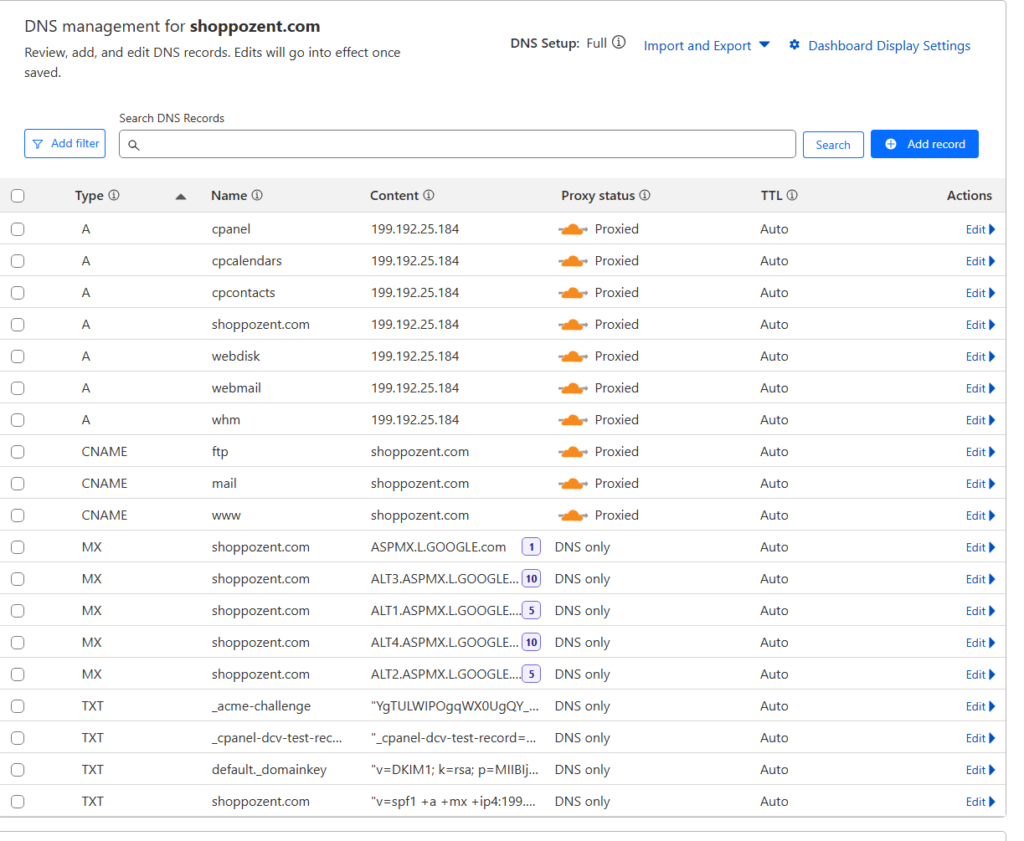In B2B marketing, lead generation is just the first step. The real challenge lies in identifying which leads are truly ready for sales engagement and which need further nurturing. This is where lead scoring comes into play. In this blog post, we will discuss why lead scoring is a critical component of B2B marketing automation and how you can implement it effectively using best practices.

What is Lead Scoring?
Lead scoring is the process of assigning a numerical value to each lead based on their actions, behavior, and level of engagement with your brand. This helps businesses understand how interested a lead is in doing business with them. Typically, the lead score ranges from 1 to 100, with higher scores indicating greater interest.
For example, if a lead downloads a whitepaper from your website, they may receive a low score, like 10 points. However, if the lead not only downloads the asset but also visits multiple pages, spends significant time on your site, and engages with your emails, their score might rise to 75 or higher. Lead scoring helps you prioritize high-potential leads and focus sales efforts where they will have the most impact.
Why Lead Scoring is Important in B2B Marketing
Many businesses mistakenly believe that the most important elements of B2B marketing automation are landing pages, forms, or downloadable assets. While these elements are important, they are not enough on their own. Without lead scoring, you will not be able to effectively measure the true interest of a lead and thus miss opportunities to optimize your sales funnel.
In the B2B context, leads tend to have more complex buying behaviors and longer sales cycles. A simple download or form submission doesn’t necessarily indicate a lead is ready to convert. Lead scoring helps to quantify this interest and prioritize leads based on behavior, allowing businesses to tailor their marketing and sales strategies accordingly.
Best Practices for B2B Lead Scoring
Here are some best practices to ensure you’re implementing an effective lead scoring strategy:
1. Define Your Scoring Criteria
Before you start scoring leads, define the behaviors and actions that indicate interest. For example, clicks on specific pages, the amount of time spent on the website, downloading multiple assets, or attending webinars could all be factors in determining a lead’s score. Additionally, consider demographic factors like company size, industry, or job role.
2. Use Behavior-Based Scoring
Behavior-based scoring is critical because it reflects how a lead interacts with your business. A lead who opens your emails and engages with your content shows a higher level of interest than one who simply fills out a form. Track engagement on your website, email interactions, and social media activity to build a comprehensive view of a lead’s behavior.
3. Balance Demographic and Behavioral Data
While behavior is essential, demographic data (such as job title or company size) is also important in B2B lead scoring. Combining both types of data helps you determine whether a lead is both interested and qualified.
4. Adapt Lead Scoring Over Time
As your business grows and you collect more data, adapt your scoring model. Your sales team’s insights are invaluable in refining lead scores. Over time, you will learn which behaviors and characteristics predict conversion, allowing you to fine-tune your scoring criteria for better results.
5. Automate Lead Scoring with Marketing Tools
Many marketing automation platforms, like HubSpot and Pardot, offer lead scoring features that allow you to set up automated workflows. These platforms track and update scores automatically based on lead behavior, making the process more efficient and scalable.
6. Prioritize Leads Based on Score
Once your leads are scored, ensure your sales team knows how to act on them. High-scoring leads should be prioritized for immediate follow-up, while lower-scoring leads may need further nurturing through targeted email campaigns or additional content offerings.
Conclusion
Lead scoring is a powerful tool for optimizing your B2B marketing automation strategy. By focusing on the behaviors that indicate interest, you can better prioritize your leads and focus your resources where they will have the most impact. Lead scoring not only helps streamline your sales process but also improves your ability to engage and convert high-value prospects.
If you’re looking to enhance your B2B lead scoring process, ensure you’re using the right tools and implementing best practices to get the best results.



